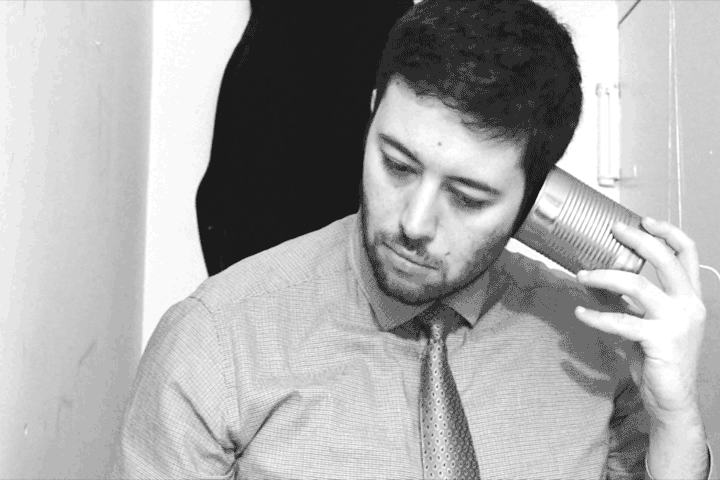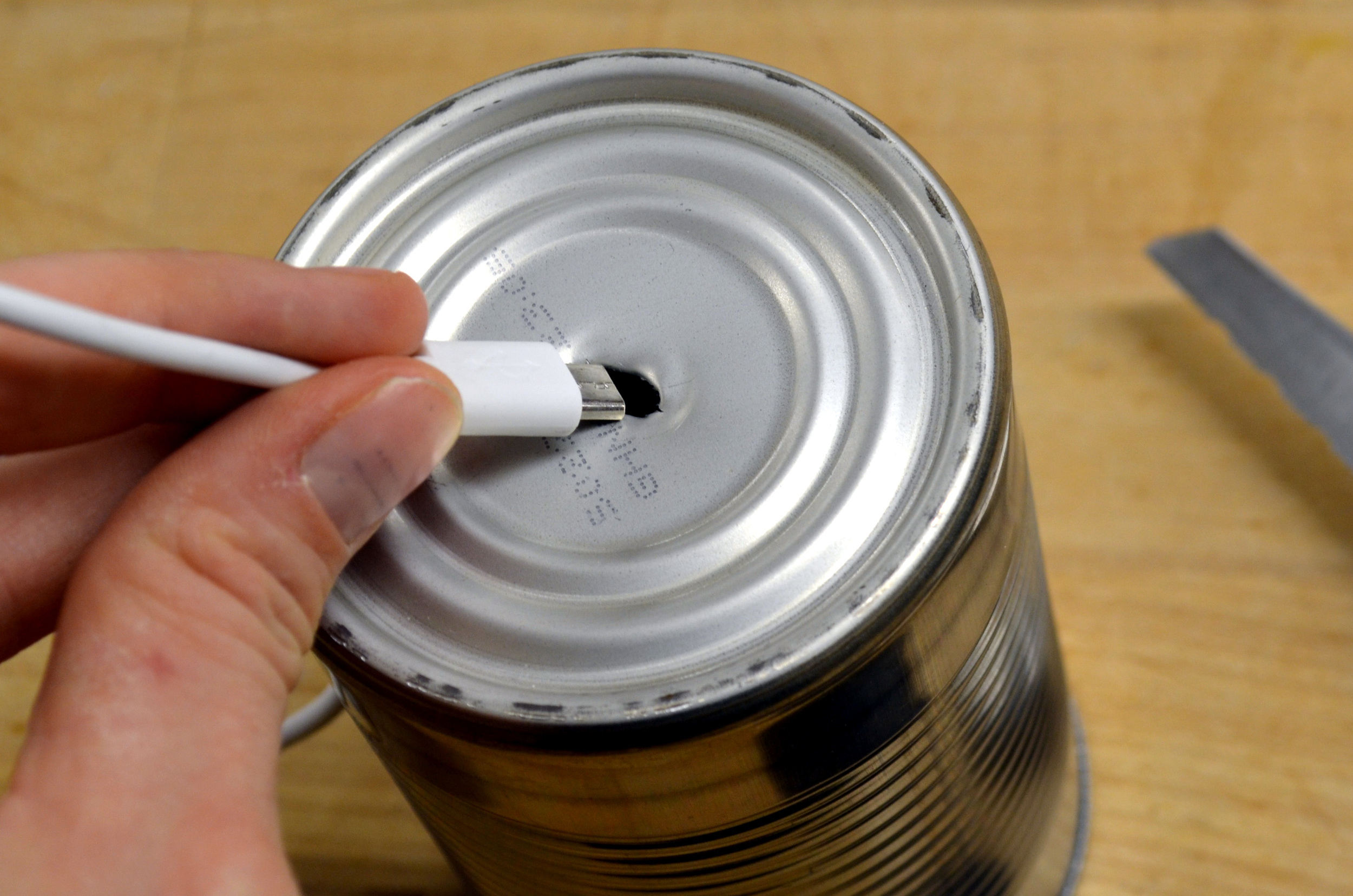Old tech meets new tech: The tin can phone becomes an Arduino-powered, sensor-activated audio messaging device.
Project
Message in a Tin Can
Type
Electronics / Product Design / Video Storytelling
Collaborator
Alexa Forney (film)
Context
MFA Products of Design, School of Visual Arts
Guidance from Becky Stern (product) & Michael Chung (film)
Fall 2015
Details
This project hacks the classic tin can phone to make an Arduino-powered, sensor-activated message machine. Leave a message by touching a pressure sensor on the outside of the can; hold the can to your ear to play it back.
The original short, silent teaser (above) was re-conceived as part of a video storytelling project. The product evolved to include an app, through which messages would be able to be left on a device remotely. This was imagined for children with parents who are away, or for grandparents, not easily able to speak with their family by telephone. The final film provides a short, poignant demonstration of the product's value.
Process
I shared this project on Instructables and created a short video to demonstrate its inspiration.
The project was motivated by a real problem I was having: due to my grad school schedule and my boyfriend's medical residency schedule, we were hardly crossing paths despite living together. We wanted to connect in the space in some way and tried leaving each other notes and video messages, but neither worked well. I wanted a way to just leave him a quick message as I ran out the door, without having to find paper and a pen or sit down at his computer to record a greeting. I decided what we needed was an audio device that would allow us to hear each other's voice.
I began by hacking a Radio Shack recording module. I disconnected the existing pushbuttons and wired these inputs to a ProTrinket. Using Arduino, I triggered the recording function with a touch sensor and the playback function with a photo resistor. These sensors were specific to the housing I decided on: a tin can. The touch sensor lay flat against the outside of the can, while the photo resistor was attached just inside. When you hold the can up to your ear, less light falls on the photo resistor and triggers playback.
One step further: Send a message to the tin can from anywhere
My ultimate vision for the Message in a Tin Can was to create a product-app pairing. The Message in a Tin Can app would make it possible to send a message from anywhere to a physical object (the tin can or some other manifestation) somewhere else. The app could be paired with multiple devices in different locations for different people. I imagine this product being useful for communicating with friends and family in different time zones, where a conversation may not be possible. Instead of associating voice messages exclusively with missed calls, this system would allow an unencumbered way to let your loved ones hear your voice more often. Specifically, I could see the benefit of this product for communicating with my grandfather, to whom I want to speak, but for whom telephone conversations are difficult to conduct.
This short film explores another such scenario. Produced for a Video Storytelling class in collaboration with my classmate Alexa Forney, the film tells the story of a mother finding a special way to stay close to her son despite physical distance.











